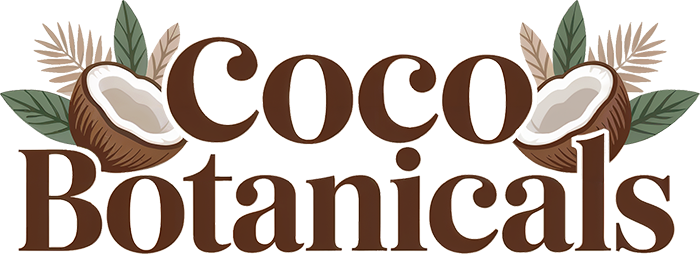The Big Island of Hawaii offers incredible diversity in climate, scenery, and activities, making it a dream destination for families. But with microclimates that range from tropical rainforests to volcanic deserts, and peak visitor seasons that affect costs and crowd sizes, choosing the best time to visit can greatly enhance your family’s Hawaiian adventure. Here’s a guide to help you plan the perfect time to visit the Big Island, tailored for those seeking sun-drenched beaches, kid-friendly excursions, and eco-conscious travel.
Understanding the Big Island’s Seasons
Winter (December – February)
Winter is a popular season, especially during the holidays, but it’s also one of the busiest and most expensive times to visit. The weather remains warm, with temperatures generally between 66°F and 81°F in coastal areas. This period sees more rain, especially on the east side of the island (Hilo), but the west coast (Kona) stays relatively dry. Winter is also peak season for whale watching, an exciting experience for kids and adults alike.
Spring (March – May)
Spring is a fantastic time for families to visit. The crowds thin out after spring break, accommodations become more affordable, and the weather is warm and pleasant. Average temperatures stay in the high 70s, and there’s less rainfall than in winter. This season is perfect for beach days and exploring national parks while avoiding peak season congestion.
Summer (June – August)
Summer brings long sunny days and dry weather, particularly on the west side. It’s a favorite season for families, with school vacations making it a convenient travel time. Expect warm ocean temperatures perfect for snorkeling and swimming. However, this is another peak season, so expect slightly higher prices and increased crowds.
Fall (September – November)
Fall ranks as one of the best kept secrets for visiting the Big Island. It’s the shoulder season, offering the best of both worlds: lower hotel rates, fewer tourists, and excellent weather. September and October often have the warmest water temperatures, making it ideal for ocean activities. Late fall is also a good time to see the beginning of the coffee harvest in Kona, offering unique cultural experiences for curious young minds.
What to Consider When Planning
Weather by Region
The Big Island has 10 of the world’s 14 climate zones, so the weather varies significantly. The west coast (Kailua-Kona area) offers sunny skies nearly year-round, perfect for beach-going families. The east coast (Hilo) is lush and green but wetter. The north and upcountry areas can be cooler, especially at night.
Costs and Crowds
If you’re traveling on a budget or prefer a quieter experience, consider visiting in spring or fall. Winter and summer are high seasons and typically bring more tourists and higher prices for airlines and hotels.
Events and Activities
Plan your visit around family-friendly events like the Merrie Monarch Festival in spring, which celebrates Hawaiian culture, or the Kona Coffee Cultural Festival in November. These can add extra vibrancy to your trip.
Travel Tips for Families
- Book early: Flights and family-sized accommodations fill up fast during peak seasons.
- Rent a car: The Big Island is vast, and many attractions are spread out across different regions.
- Pack layers: Temperatures can change dramatically depending on where you are—from hot beaches to chilly volcano summits.
- Plan for beach safety: Bring reef-safe, mineral-based sunscreen to protect the coral reefs and your children’s sensitive skin. Coco Botanicals offers a family-friendly and eco-conscious sunscreen perfect for Hawaiian waters.
Conclusion: When Is the Best Time?
While there’s truly no bad time to visit the Big Island, spring (March to May) and fall (September to November) are highly recommended for families seeking a balance of good weather, fewer crowds, and lower travel expenses. Whether your family is snorkeling with sea turtles, exploring lava tubes, or stargazing atop Mauna Kea, your Hawaiian adventure will be unforgettable whenever you go.
Make your trip even more meaningful by traveling responsibly—protect your family and Hawaii’s marine life by using Coco Botanicals’ all-natural, reef-safe sunscreen. Your skin—and the planet—will thank you.
